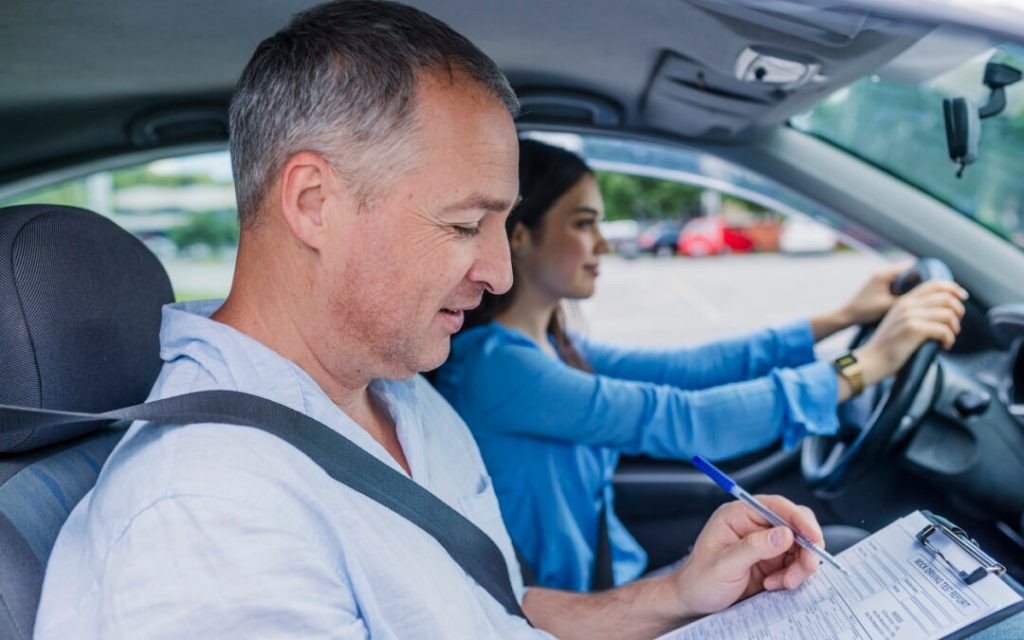1. Get plenty of practice
Like anything else, learning how to be a good driver takes lots of time behind the wheel practicing. There are things you’ll learn while driving that you just can’t get from reading, so it’s important to log plenty of time at the wheel. Before you get behind the wheel, you can start with a driving test tutorial, for tips on passing with flying colors.
2. Know your car
The car you’re using for your test should be familiar to you, and not one that you’re sitting in for the first time. You’ll want to know where the controls are for everything from the lights to the windshield wipers, so you aren’t frantically searching if it starts raining. The way each car’s brake and gas pedals react can be different, so knowing how sensitive these are can help you avoid braking or accelerating too aggressively or too slowly.
3. Prepare and adapt to anything
Whether it’s weather conditions, an ambulance coming down the road or any other situation that could happen, you should be mentally prepared to adapt and adjust accordingly. The only true way to do this is get in those hours of practice driving, and trying to do so in a variety of weather conditions. Only getting out to drive on beautiful, sunny days will only work against you if your test lands on a rainy, overcast day.
4. Pay attention to driving
It sounds obvious enough, but it’s easy to get distracted by what the evaluator is doing. Trying to sneak a peek at what they’re writing down or their facial expressions is not a good idea if you’re hoping to walk out of there a licensed driver. Paying attention to the road, and what’s happening around you is the best way to ensure that whatever the examiner is writing down is positive – and you can read all of that once your test is over anyway. Leave everything else at the door, and give your full attention to the task at hand. Whether it’s schoolwork or other things happening in your life, it needs to be temporarily put to the back of your mind. Clear your school workload for the near future, so you aren’t worrying about how and when you’ll complete upcoming assignments.
5. DON’T Rush to get there
Leave yourself plenty of time before your scheduled test, so you’re able to arrive and get yourself acquainted with the area. Getting there just on time, may add to the stress you’re already feeling and could put you in panic mode before your test even begins. If possible, booking a lesson right before your test can help you warm up and erase any jitters you may be feeling.
6. DON’T Tense up
Staying relaxed is vital to driving well. You’ve got to have a clear mind, an awareness of what’s going on around you, and the ability to react to anything. When you’re nervous and tense, you aren’t able to think clearly and react accordingly. Positive Hypnosis has some great tips for dealing with nerves related to driving tests.
7. DON’T Forget the basics
Nervousness can get the best of you, and in your worrying to remember the smallest details of the rules of the road, you may be overlooking the essentials. Checking your mirrors regularly is one of the most commonly forgotten things new drivers miss in their test. Focused on the road ahead of them, they often neglect to check what’s behind or beside them. Here are 10 most typical mistakes made by new drivers during their tests.
8. DON’T Be afraid to ask questions
You want to appear as though you know exactly what you’re doing, but that doesn’t mean that if an instruction isn’t clear that you shouldn’t ask for clarification. If you don’t ask for clarification, the tester will undoubtedly believe you’ve heard and understood the instructions, so if you don’t do what they’ve asked, you could lose marks and possibly fail your test.


